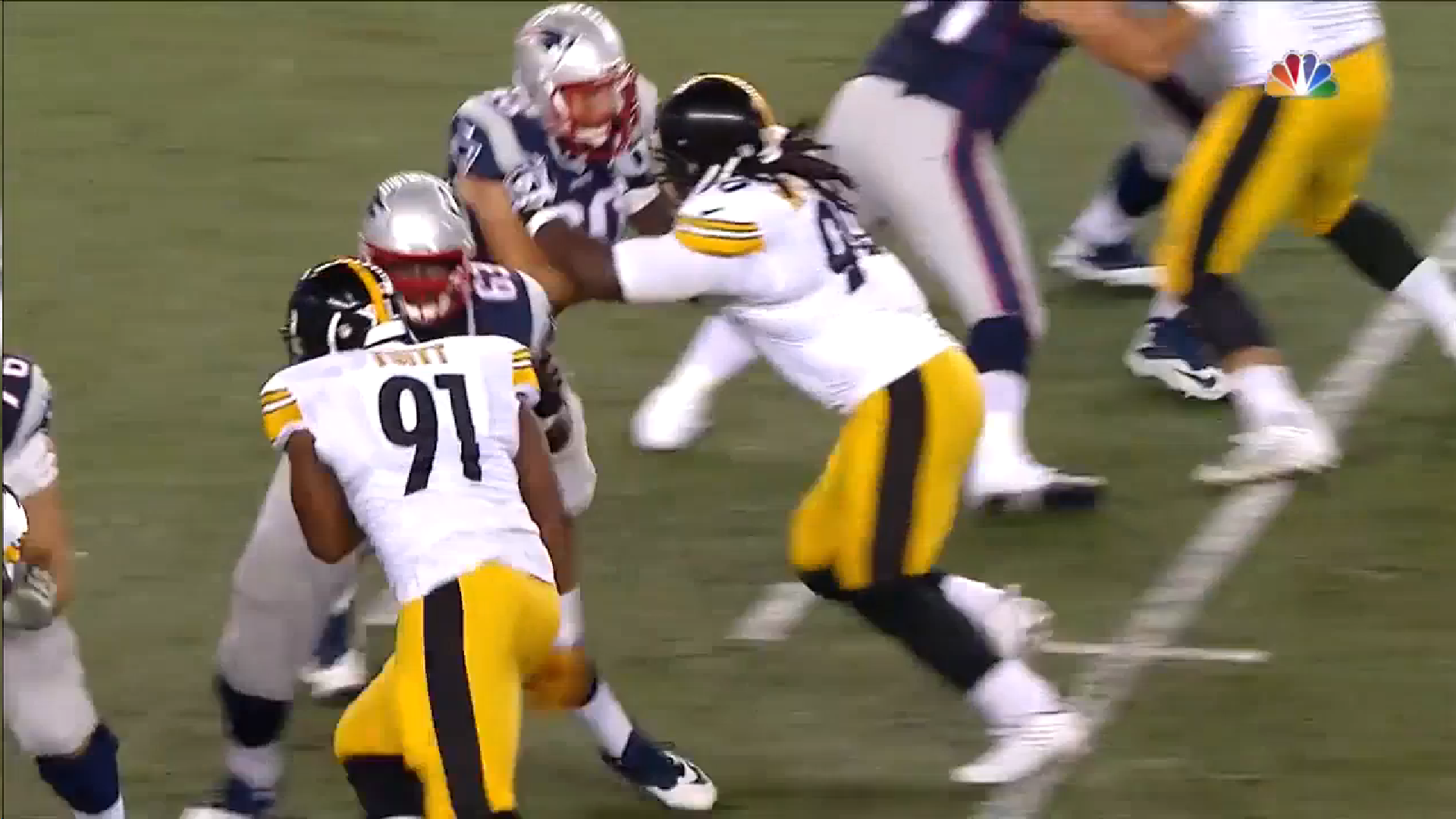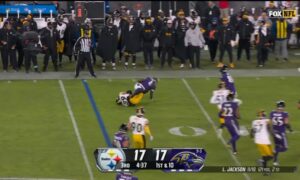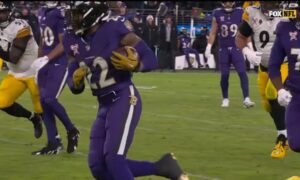For Pittsburgh Steelers nose tackle Steve McLendon, snaps are starting to become increasingly harder to come by. For any nose tackle that might play for the Steelers, really, or most 3-4 teams these days. The Steelers have finally joined the modern era by primarily playing in their nickel package as their base defense to counter the barrage of wide receivers that NFL offenses typically trot out today.
But part of what allows them to do this so frequently—starting, really, just this season—is the fact that McLendon is not necessarily in the build of a traditional, 350-pound, unathletic nose tackle. Having taken after Chris Hoke more than anybody, his footwork, technique, and mobility have helped him expand his role over what he would normally now be seeing.
While he did manage to log around 400 snaps, including penalty snaps, over the course of the season, only about 250 or so came with a front three of defensive linemen—and he didn’t take all of those snaps at nose tackle. The vast majority were, sure, but he did log about 30 or so snaps as a defensive end.
Another 15 or so snaps came in close quarters, with the Steelers reverting to their goal line package in goal-to-go situations, where the team uses a true four-man front with either five or six linebackers. They began using six linebackers, but as the season progressed, tended to prefer to substitute one linebacker for an extra safety.
Most important in all this, however, is the fact that McLendon took roughly somewhere between 125 and 150 snaps in the nickel, or even dime defense, as one of two down linemen. Considering the amount of snaps that both Cameron Heyward and Stephon Tuitt were required to accumulate over the course of the season—just imagine if the Steelers didn’t have a nose tackle that could absorb some of those snaps.
The fact of the matter is, as it pertains to McLendon and his value to the team, in light of the reality of his pending free agency, is that he is not just a nose tackle, and that a true nose tackle is of much less value to the Steelers defense today—less so than it ever has been since they moved to a 3-4 defense.
What McLendon offers is a player who has flexibility, something that Hoke had, but McLendon is more physically gifted and more stout.
While he may not excel at everything, he can do anything that you ask of him. He can play the role of a traditional nose tackle. He can take on double teams, in spite of protestations to the contrary. He can be that two-gapper, but he can also be a penetrating one-gapper, where he is often at his best.
He can also play the five-tech defensive end, and he can play the three-tech defensive tackle in sub-packages. And we know that he can do all these things because he did all of them just last season, even in the same game. That is an element of his value that should not be so easily overlooked.








